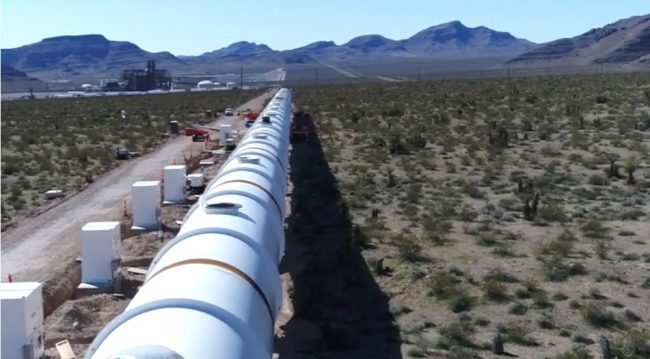Researchers look for ways to hyperloop fish to France at high speed.
Never mind that the French plan to ban pipelines. Researchers at Norwegian targeted research community, SINTEF, want to know if a Hyperloop to France for fresh salmon deliveries is possible, writes newspaper Adressa.
Hyperloop is the high-tech now being trialed and developed to move people and goods inside a “pipeline” at speeds of up to 1,200 kilometers an hour. Now, SINTEF is planning a USD24 million test lab to see if Norwegian farmed fish can be hyper-looped to Europe in the kind of pipe used by the country’s gas exports to the Continent.
“We don’t know where to put a laboratory like that, but we know we especially want to research the possibility of sending salmon via hyperloop,” said Thor Myklebust, business leader and researcher at Sintef Digital.
Should the tech be used, it could mean that salmon will take an hour to make the passage from Trondelag in central Norway to Paris, a 1,400 kilometer straight-line route. Mykelbust points out Norway’s decades-long experience with pipelines, and it these former oil-and-gas-bearing subsea trunk lines to Europe he wants to explore the use of.
SINTEF recently visited Virgin Hyperloop One in the Nevada desert to see how the technology’s frontrunners operate. According to Myklebust, that Virgin Hyperloop has attracted 13,000 applicants from NASA, Space-X, Tesla and Google suggests the concept is no pipe dream.
For now, uncertainty on price clouds all that ambition. A hyperloop between Stockholm and Helsingfors was been estimated at USD 21 billion.


